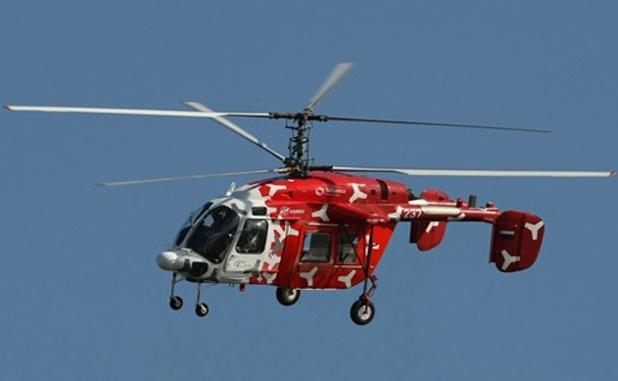
Seemingly ending a long-running, often-controversial effort to buy new light helicopters for its armed forces, India’s Defense Acquisition Council in May approved an offer from Russian Helicopters to supply 200 Ka-226Ts to be coproduced in India. A contract has yet to be signed. The Ka-226T is powered by two Turbomeca Arrius 2G1 turboshafts.
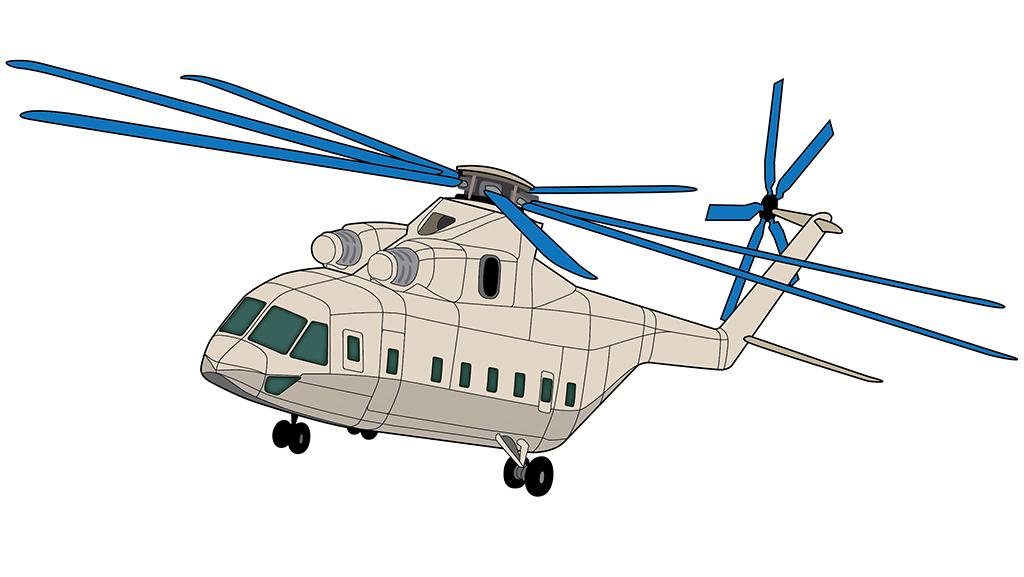
Russian Helicopters and China’s AVIC signed a framework agreement on May 8 to jointly develop the Advanced Heavy-Lift (AHL) helicopter, to be manufactured in China. To be powered by a pair of 8,000-shp-class engines, AHL is planned to have a takeoff weight of about 38,000 kg (84,000 lb.) and to carry an external load of 15,000 kg in hot-and-high conditions.
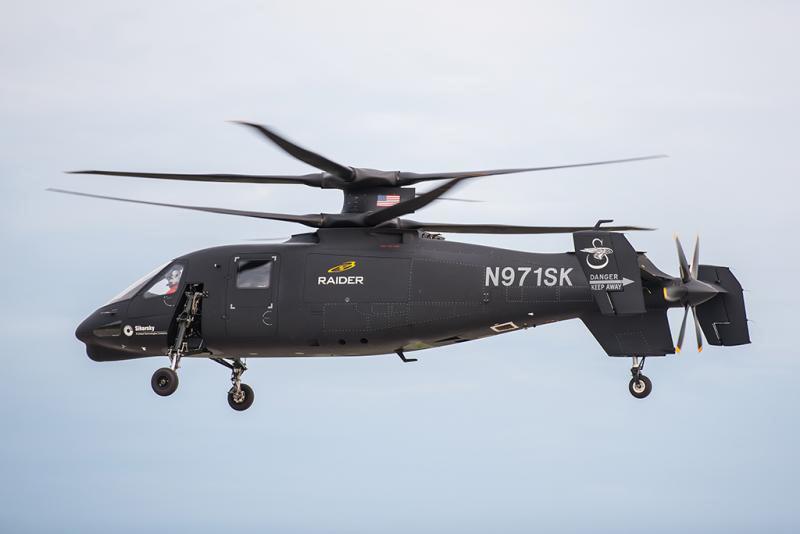
Sikorsky’s S-97 Raider made its first flight on May 22 at West Palm Beach, Florida—the first of two industry-funded prototypes of the high-speed light tactical helicopter. Powered by a General Electric YT706 turboshaft, driving rigid coaxial rotors and a pusher propulsor, the Raider is designed to cruise at 220 kt. armed with external weapons and 240 kt. clean.
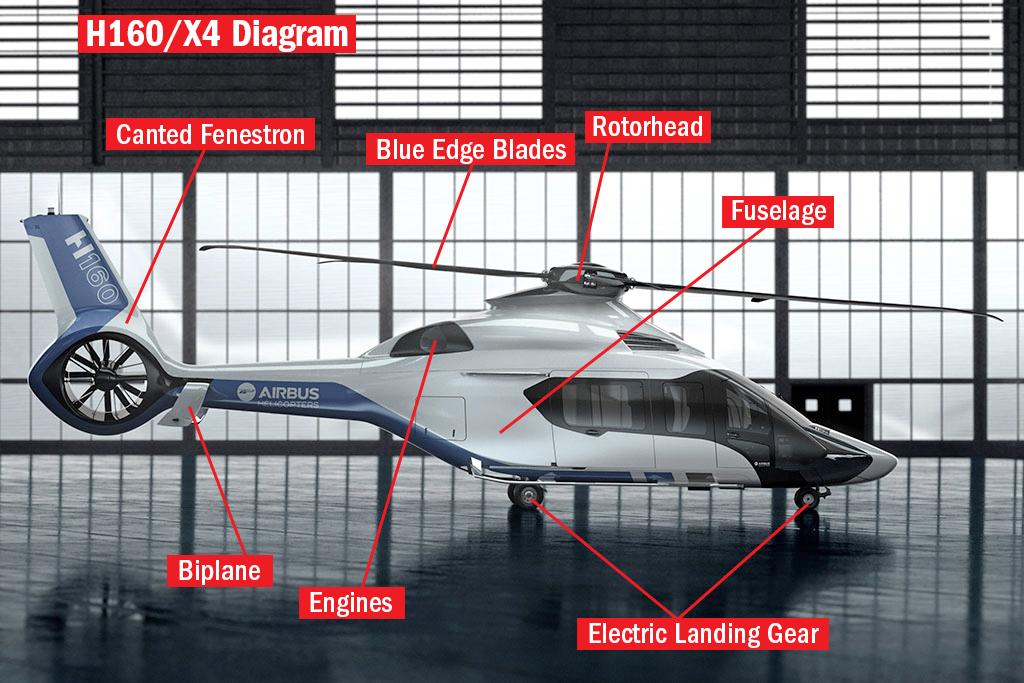
Airbus Helicopters’ H160 medium twin made its first flight on June 13 from Marignane, France. The first aircraft is powered by Pratt & Whitney Canada PW210Es, but subsequent prototypes and production H160s will have more powerful Turbomeca Arranos as standard. The Arrano-powered second prototype is expected to fly by year-end. Entry into service is scheduled for 2018.
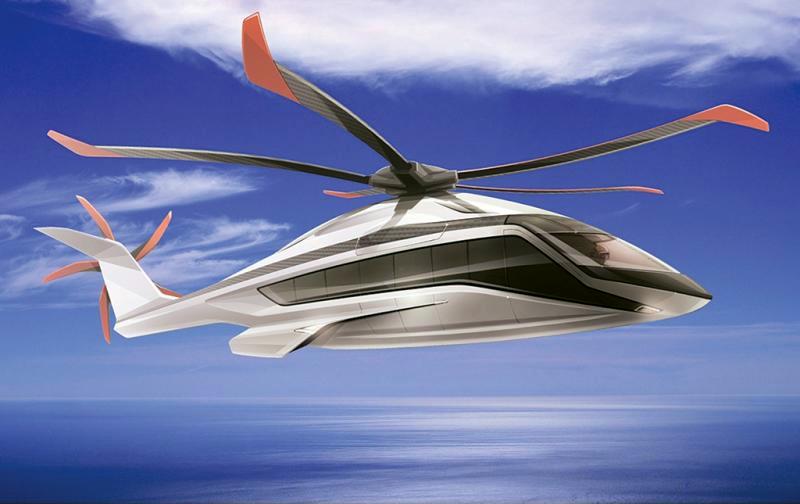
Airbus Helicopters launched a two-year concept-definition phase for the X6 heavy-lift rotorcraft in June. The twin-turbine, fly-by-wire helicopter is expected to enter service in the 2020s to replace the current AS332/H225 Super Puma family. Aimed at oil-and-gas, search-and-rescue and VIP missions, the X6 will enter service with all-weather capability including full deicing.
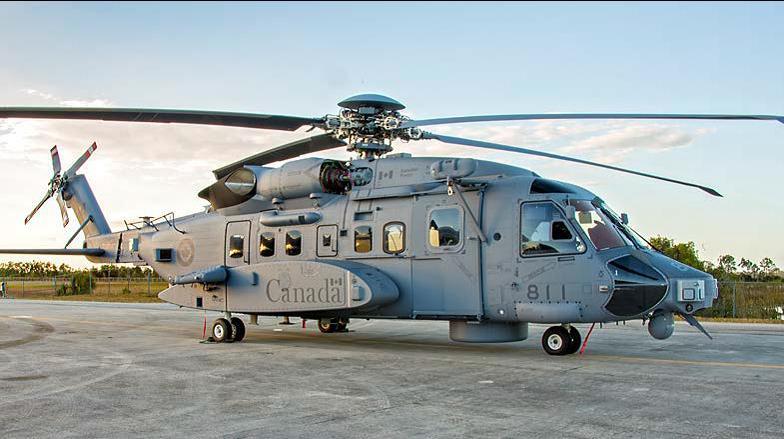
Canada accepted delivery of the first six of 28 CH-148 Cyclone maritime helicopters on June 19, at Royal Canadian Air Force base Shearwater at Halifax, Nova Scotia—almost seven years later than scheduled when the contract was awarded in November 2004. Initial helicopters are in interim Block 1 configuration, for training. Sikorsky is to deliver fully capable Block 2 Cyclones from 2018-21.
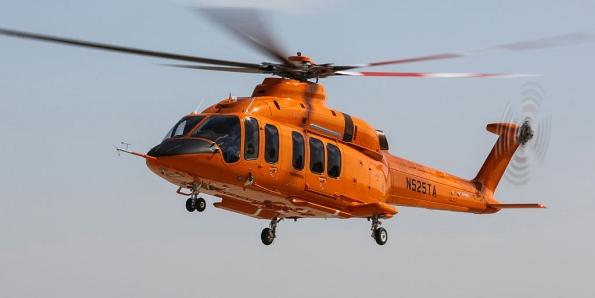
Bell Helicopter’s “super-medium” Model 525 Relentless made its first flight on July 1, at the company’s Amarillo, Texas, assembly center. The 16-passenger 525 has a composite airframe, two General Electric CT7-2F1 turboshafts driving a five-blade composite main rotor, fly-by-wire flight controls and a Garmin G5000H glass cockpit. Four test aircraft are planned. Certification is scheduled for 2017.
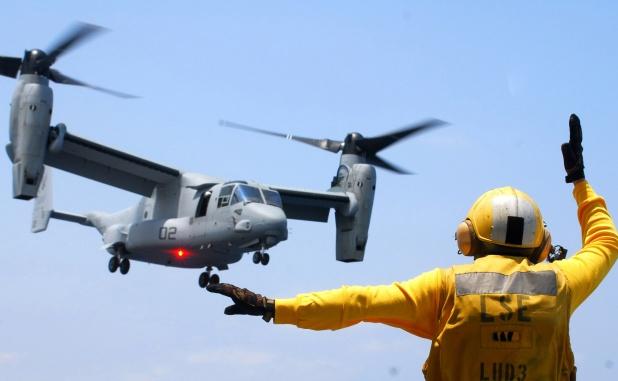
Boeing
In July, Japan became the first international customer for the V-22 Osprey tiltrotor transport when Bell Boeing received a U.S. Navy Foreign Military Sales contract for the first five of up to 17 Block C aircraft. In January, the Navy announced plans to acquire 44 V-22s to meet its requirement for a carrier onboard delivery aircraft to replace its Grumman C-2A Greyhounds.
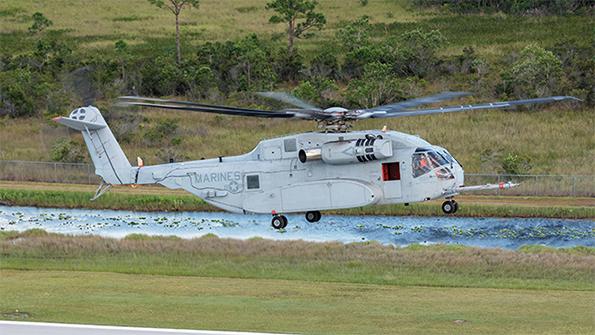
Sikorsky/Dean Sfikas
Delayed by a main-rotor gearbox redesign, the U.S. Marine Corps’ Sikorsky CH-53K King Stallion heavy-lift helicopter made its first flight on Oct. 27 at West Palm Beach, Florida. Powered by three General Electric GE38-1Bs, the CH-53K is designed to lift 27,000 lb. and carry a 12,000-lb. load 110 nm—three times the hot-and-high lift capability of the CH-53E. Initial operational capability is planned for 2019.
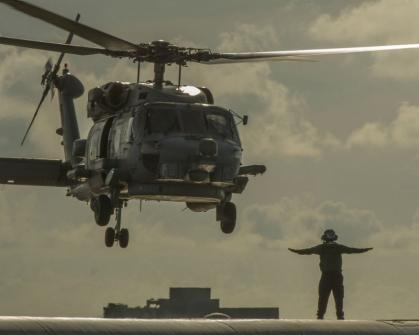
Lockheed Martin’s $9 billion acquisition of Sikorsky closed on Nov. 6. The helicopter-maker has become part of the Lockheed Martin Mission Systems and Training business that is prime contractor for the U.S. Navy’s Sikorsky MH-60R/S Seahawks and principal supplier to Sikorsky on the Navy’s VH-92A presidential helicopter and the U.S Air Force’s HH-60W combat rescue helicopter programs.
Low oil prices hit the oil-and-gas market, forcing commercial operators to delay procurements and manufacturers to make layoffs. But the international military market remained active. The year saw first flights ranging from the Airbus Helicopters H150 and Bell 525 medium twins to the high-speed S-97 and heavy-lift CH-53 at Sikorsky, which ended the year owned by Lockheed Martin.
